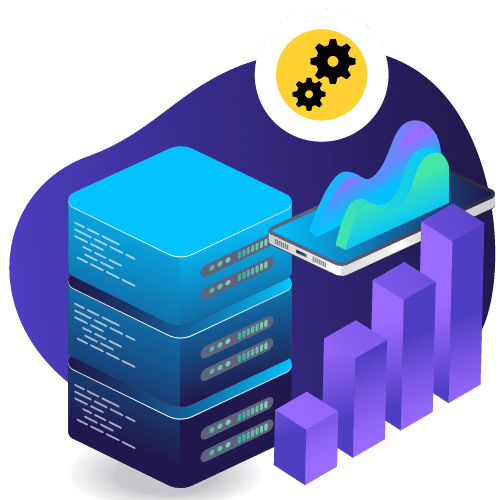Looking beyond Splunk or considering a new SIEM? You’re not alone. Many security teams feel it’s time for a change due to uncertainties about their current tools. They are turning to Graylog—a reliable choice designed to keep security operations steady and effective. With powerful capabilities for threat detection, investigation, and response, Graylog stands out in side-by-side comparisons. It offers peace of mind so you can focus on protecting what matters without added worry. See how Graylog stacks up against Splunk and make the switch to a solution that’s here for the long haul.










